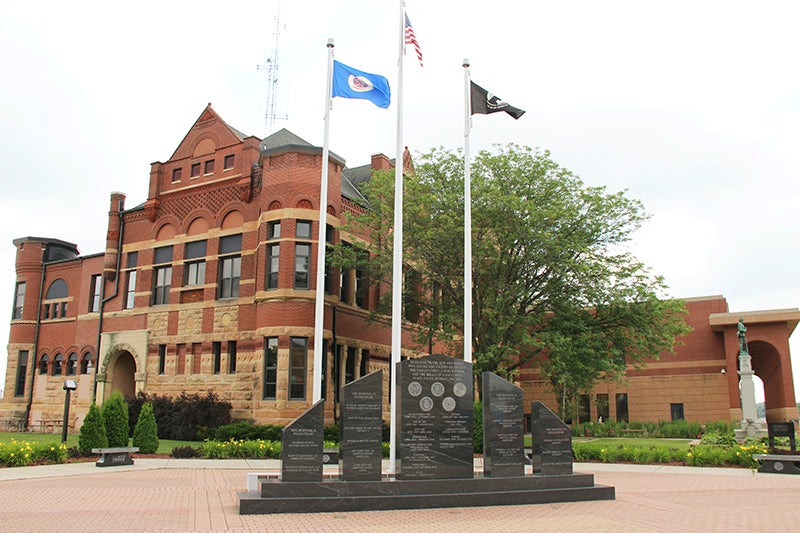Albert Lea school board takes hard look at projected declining enrollment in coming years
Published 11:42 am Tuesday, February 4, 2025
|
Getting your Trinity Audio player ready...
|
With continuing declines in births of Freeborn County residents in recent years, the enrollment at Albert Lea Area Schools is expected to continue to decrease in the next three years.
Paul Durbahn, executive director of finance, operations and safety for the district, told the Albert Lea school board that based on current data, projections show average daily membership could decrease from 3,148 in 2023-24 to 2,904 in 2027-28.
Average daily membership is different from the number of students in seats and equates to the portion of the school year students are enrolled divided by the number of board-approved school days for all of the students in the district.
Durbahn said looking at the last 10 years, there was an increase in average daily membership in the first half of that time frame and then a decline the last four years. Average daily membership reached close to 3,400 in 2019-2020 and then decreased by about 250 in 2023-24.
He said the main decrease has been at the elementary level. Some of the elementary schools are also starting to get lopsided in number of students.
Currently there are 289 students at Halverson Elementary School with two sections per grade; 363 at Hawthorne with three sections per grade, 418 at Lakeview with three sections per grade; and 282 at Sibley with two sections per grade.
In the projections, the kindergarten average daily membership is below 200 starting as early as the 2027-28 school year if current trends continue.
He said there is a strong correlation between the number of births in the county and the number of students who enroll — typically about 100 less than the number born in the county are enrolled. Starting in 2022, the number of annual births dipped below 300 per year and has continued in that direction in 2023 and 2024.
The makeup of the student population
Durbahn said the makeup of the students in the district has changed over the last 10 years. In 2014, about 73.5% of students were considered white, 19.64% Hispanic or Latino, 2.43% Black or African American, 2.37% Asian, 0.12% American Indian and 1.94% two or more races.
In 2024, 57% of students were white, 24.2% were Hispanic or Latino, 2.8% were Black or African American, 11.3% Asian, 1.3% American Indian and 3.4% two or more races. That is a 16.5% decrease in the white student population, a 9% increase in the Asian student population and a 5% increase in the Hispanic or Latino student population.
The English language learner student population has increased by 3.7%, and about 10% more students qualify for free or reduced price meals (60.9%).
Special education students increased slightly from 20.09% of students in 2014 to 20.9% in 2024. Twenty-nine students in 2024 identified as homeless.
Durbahn said he did not know what is going to happen with the district because of some of the national uncertainty taking place but noted the district has increased success coach support and implemented strategies to meet the diverse needs.
He said there is a correlation between the county’s growing population of foreign-born residents and the change in the school population and noted that the county’s increase in the number of foreign-born residents was faster than the statewide increase from 2013 to 2023.
Migration in the district
Durbahn said he looked at migration patterns in the district, including if there were trends of when students are leaving or entering the district.
The district sees more increases in students in sixth grade as well as eighth and ninth grades as students from non-public schools transition to the district. The majority of increases in those years, however, have come from families moving in from other districts, states or countries.
There is a noticeable decrease in students leaving the district before their 11th grade year, which Durbahn said has been mostly due to transfers, whether that’s to online schools or other options.
Currently there are almost 395 average daily membership who open enroll out, which equates to about 470 students, and about 143 who open enroll in. Charter schools account for about 22 average daily membership and non-public schools for 172.
He said staff would like to get to the bottom of why these students are at other locations versus in Albert Lea and talk to families.
The district will continue to regularly review enrollment projects, as declining enrollment leads to less revenue annually.
He said the district will also need to identify strategies to better understand the student migrations happening in the district and with open enrollment to help plan for the future.






